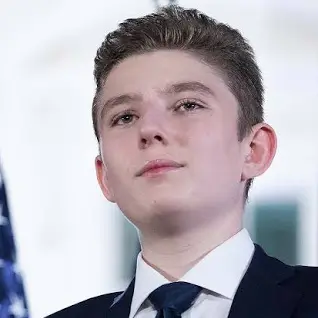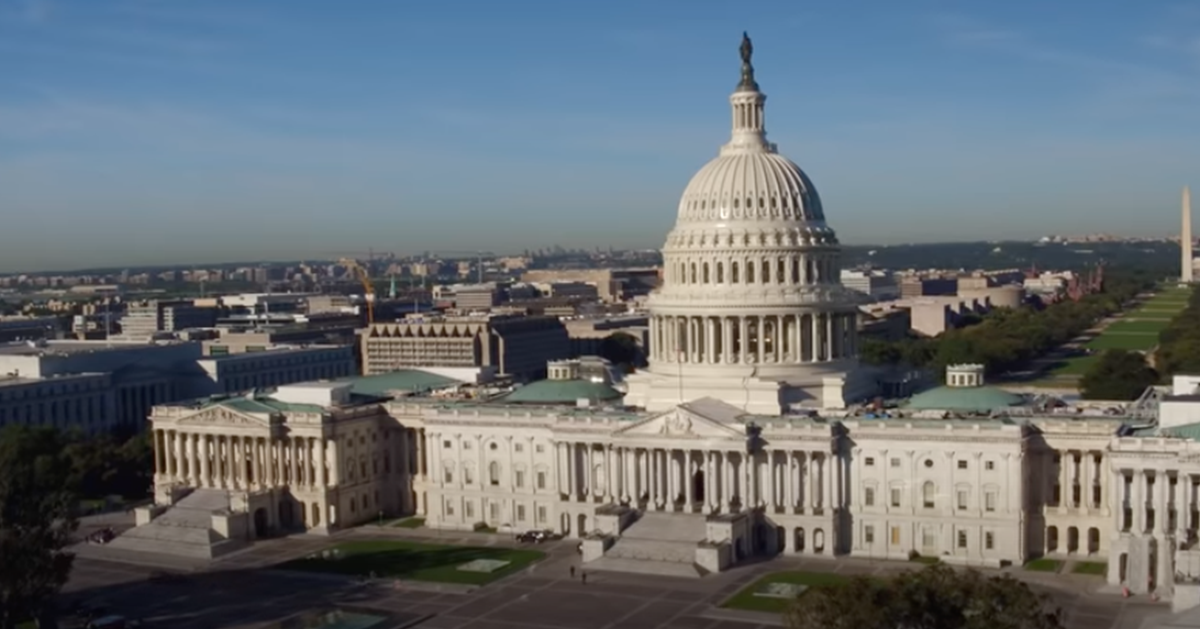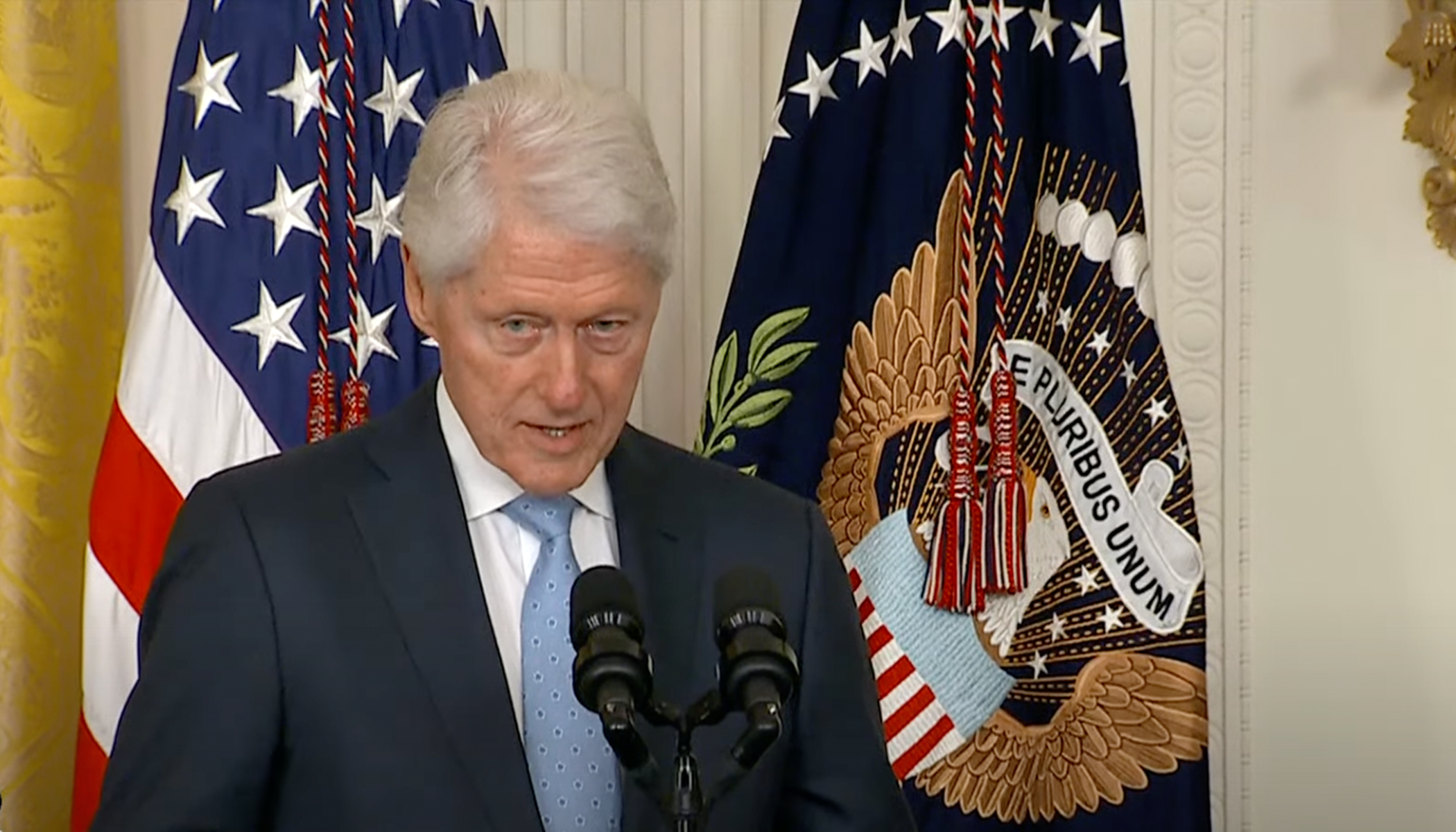Chicago Mayor Brandon Johnson Plans to Remove George Washington Statue from City Hall
Chicago Mayor Brandon Johnson has decided to remove a key piece of statuary from City Hall in an attempt to update the space.
The planned removal of a statute of George Washington by Mayor Johnson has triggered criticism and discussions regarding the city's approach to monuments and statues, particularly those of historical figures with what some believe are controversial legacies, as the Washington Examiner reports.
Johnson's decision to remove the statue, located on the fifth floor outside his office, is part of what was described as a broader initiative to modernize the area. According to Ronnie Reese, the mayor's communication director, the aim is to make the space more current and reflective of Chicago's diverse heritage.
The removal of the George Washington statue has sparked significant debate among city officials and the public.
Criticism and Historical Context
No specific timeline or cost for the statue's removal has been disclosed. Alderman Carlos Ramirez-Rosa is spearheading the effort to determine the future of various monuments and statues throughout the city. His proposal includes creating a public area dedicated to monuments, potentially transforming the statues into an open, park-like space.
Reese explained the rationale behind the removal: “We’re just freshening up the space. Making it a bit more current. There’s a lot of Chicago icons who would be deserving of statues as well. We should be considering that also — Ida B. Wells, DuSable, Harold Washington.”
The decision has not been without controversy. Alderman Nicholas Sposato, chairman of the City Council’s Committee on Cultural Affairs and Special Events, expressed his disapproval. He emphasized the historical significance of George Washington and his contributions to the founding of the United States.
Chicago Monuments Project and Public Review
“He’s George Washington. He risked everything. We are who we are because of this man,” Sposato stated. “He could have just stood down and not get involved with the [Revolutionary] War and came here and lived a good life. But he fought for who we are. He should be honored all over the place. Next, are we gonna change the name of the streets?”
Former Mayor Lori Lightfoot faced similar challenges during her tenure. In 2020, amid the Black Lives Matter protests, she temporarily removed two statues of Christopher Columbus. This action was part of a broader response to calls for the reassessment of public monuments.
In response to ongoing debates about public monuments, City Hall launched the Chicago Monuments Project.
This advisory committee was tasked with reviewing approximately 5,000 statues and monuments throughout the city. Of these, 41 were identified as problematic, including those of George Washington and Abraham Lincoln.
Future of Public Monuments
Washington's legacy is complex. While he played a crucial role in the founding of the United States, he also owned 317 slaves at the time of his death. However, his will included a provision to free 123 of them. The Mount Vernon website highlights this aspect of his life, stating, “When he drafted his will at age 67, Washington included a provision that would free the 123 enslaved people he owned outright.”
Alderman Ramirez-Rosa’s initiative seeks to address the contentious issue of public monuments. Reese supports this vision, noting, “I know he has an idea of having like a public area in which we could put monuments and make it kind of like an open space, like park space dedicated solely to monuments, which I think is actually a pretty decent idea.”
The proposed public space would allow for a more inclusive representation of Chicago's history, celebrating figures such as Ida B. Wells, Jean Baptiste Point du Sable, and Harold Washington. This approach aims to honor a wider array of historical figures who have contributed to the city’s development.
Public Reaction and Next Steps
Public reaction to the statue's removal has been mixed. While some support the initiative to modernize and diversify the city's public spaces, others believe it erases important aspects of American history. The debate underscores the broader conversation about how societies remember and honor their past.
The process of determining the future of the George Washington statue and other monuments is ongoing. As city officials and residents engage in this dialogue, the aim is to find a balance between preserving history and acknowledging the evolving values of the community.
Conclusion
Chicago Mayor Brandon Johnson's decision to remove the George Washington statue from City Hall has ignited a significant debate.
While intended to modernize the space and reflect Chicago's diverse heritage, the move has faced criticism from some city officials.
The initiative, part of a broader review by the Chicago Monuments Project, highlights the complex legacy of historical figures and the ongoing discussion about how to best represent them in public spaces.
As the city navigates these changes, the aim is to create a more inclusive and current reflection of its history.





